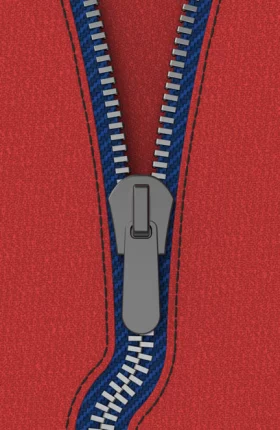Throughout history, generals, merchants, and politicians have recognized the crucial importance of logistics and supply chains. As Alexander the Great famously put it: “My logisticians are a humorless lot… they know if my campaign fails, they are the first ones I will slay.”
Today, we live in a world that’s vastly more complex than was Macedonia in the fourth century BC—faster, more global, and more interconnected. And while the consequences of failure are less dramatic than for Alexander’s lieutenants, supply chains are increasingly susceptible to economic and natural disruptions that can quickly expose their weaknesses. The role that supply chains play in driving business success has become broader and more important, and the pressure to build supply chains that are adaptive in the face of changing circumstances and resilient to shock is growing quickly.
Apple is just one of the many great examples of this, having achieved extraordinary success over the past ten years. Of course, product innovation, sleek design, and user-friendly interfaces have played key roles in that success. But the company has enabled its own rapid growth and ability to innovate quickly by relentlessly promoting operational excellence and making its supply chain integral to every key business decision. Yet even Apple doesn’t always get the degree of flexibility right, as revealed by various events: shortages during the 2012 iPhone 5 launch, Apple’s contentious relationship with screen supplier Samsung, and numerous prelaunch information leaks. But overall results make clear that Apple gets it right far more consistently than its competitors do.
Supply chains have also been integral to business success at Amazon, the world’s largest e-tailer. Its supply-chain strategy in the U.S. was focused on shipping from large distribution centers, often located in low-cost states that don’t charge sales tax on online purchases. But when Amazon’s business strategy changed, the company’s supply-chain strategy changed with it. The company is now competing directly with the convenience of main-street retailers by promoting same-day delivery, so it is adapting its supply chain: instead of focusing on a few huge distribution centers, it is making large investments in many smaller local distribution centers.
For both Apple and Amazon, success has hinged on a combination of supply chain excellence and strategic adaptability. In fact, tight alignment between business strategy and supply chain strategy is a hallmark of leading companies. The twenty-first-century supply chain is now “a critical function that is truly horizontal and that touches absolutely everything,” Roberto Canevari, chief supply-chain officer at clothing retailer Burberry, told The Boston Consulting Group (BCG). Burberry has reversed its fortunes in the past six years by focusing on faster time-to-market, greater cost advantage, innovative collections, new store layouts, and a synchronized monthly flow of new products, strongly supported by the company’s considerable investment of time and money in its IT systems and its supply chain.
Numerous other companies across diverse industries have achieved similar successes by ensuring that their supply-chain strategy closely mirrors their business strategy and stays flexible and adaptive—all key elements in an increasingly uncertain and volatile business environment. The failure to maintain these features can have catastrophic effects: a comparison of Kmart and Wal-Mart provides a timeless example of the perils of a mismatch between business strategy and supply chain strategy. (See “Wal-Mart’s Winning Strategy.”)
Wal-Mart's Winning Strategy
For years, Wal-Mart and Kmart battled for supremacy in the discount, big-box category. Ultimately, Wal-Mart won, in no small part because of its relentless pursuit of the lowest costs through operational excellence, which gave it a consistent price advantage. The exhibit below is a timeless example of the perils of a mismatch between business and supply chain strategy.
In this report, we will explore the key trends and market forces pressuring supply chains and describe some approaches and best practices that top-performing organizations use to adapt, respond, and thereby stay ahead of the competition.







